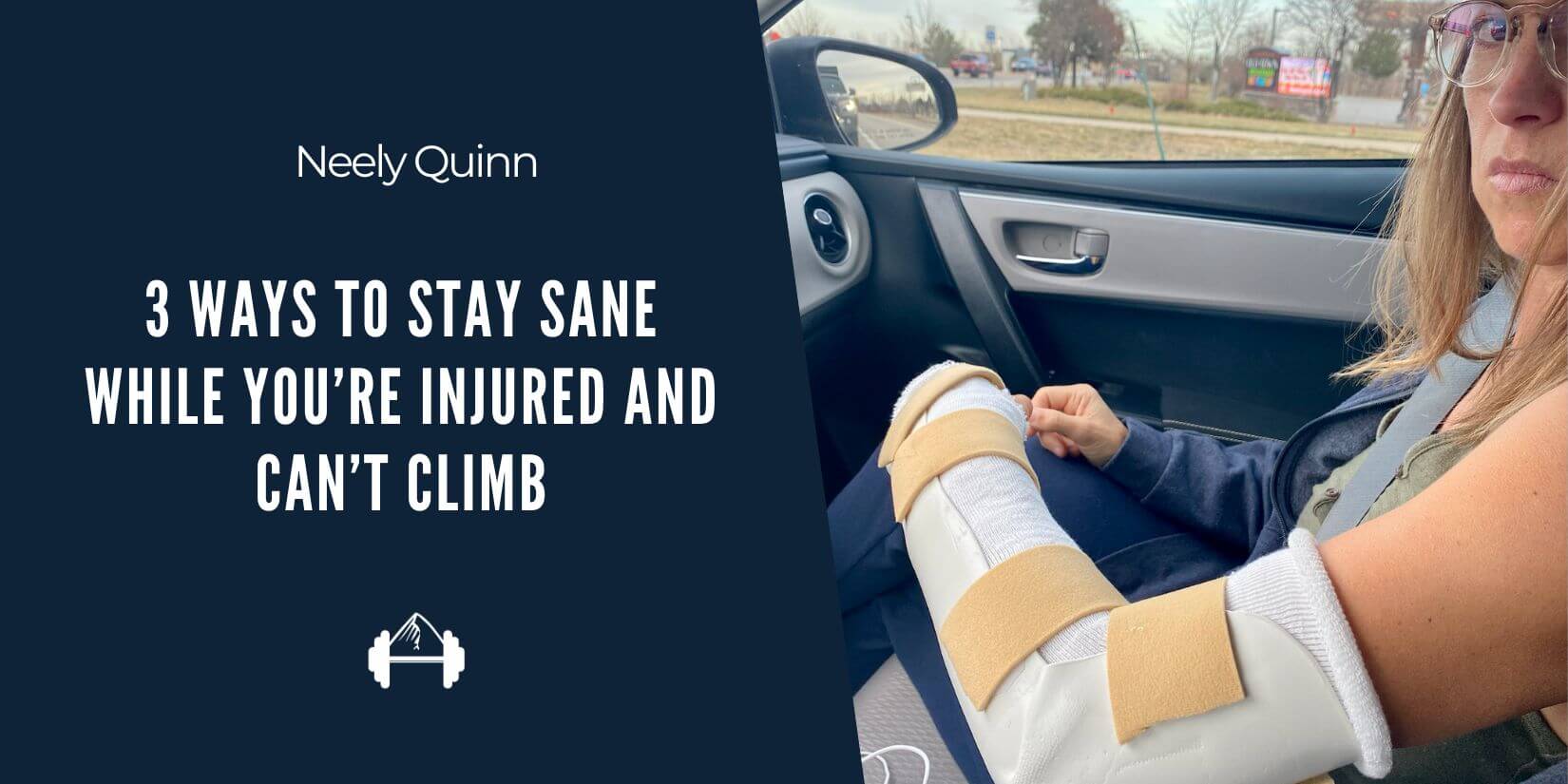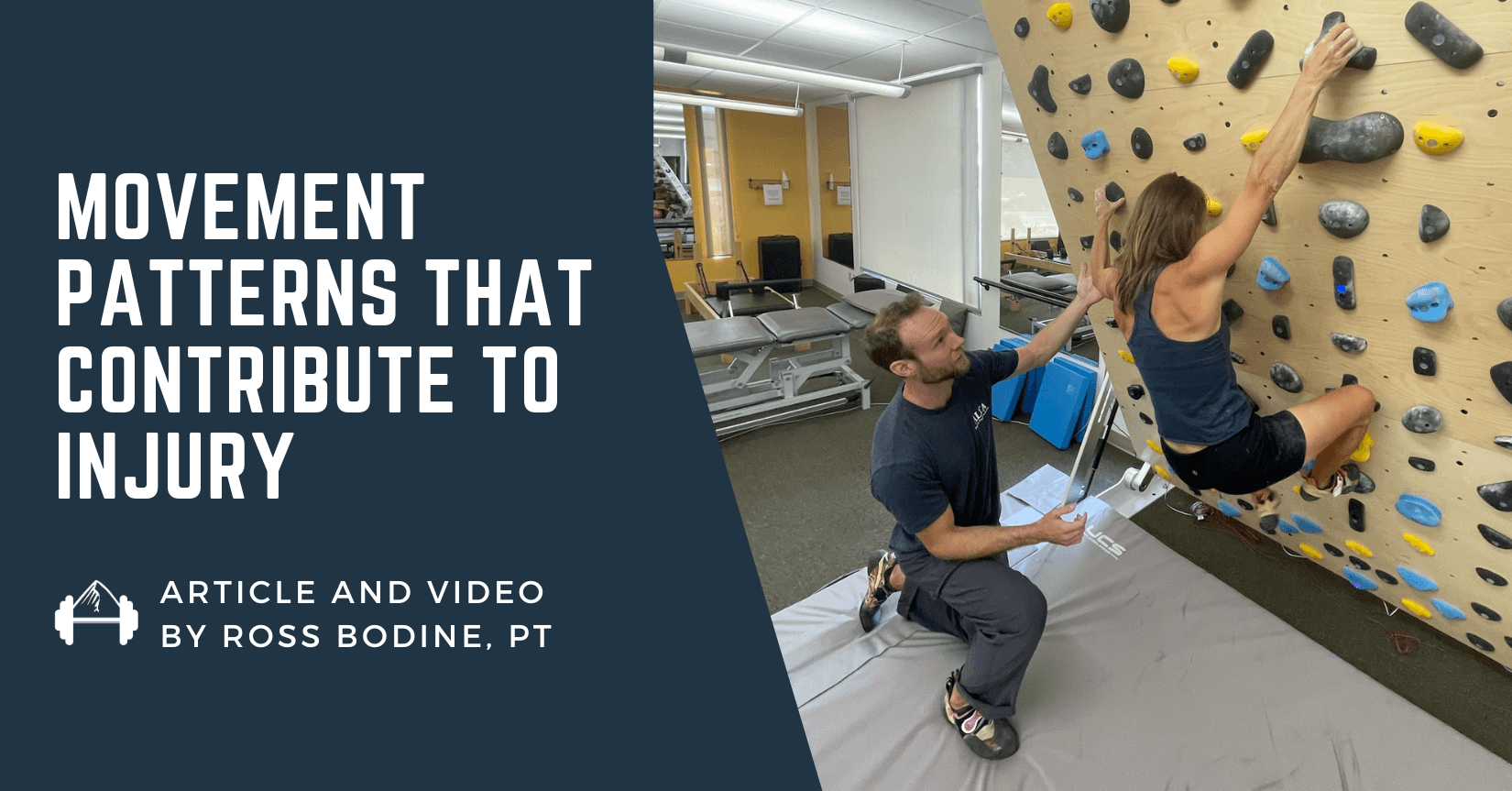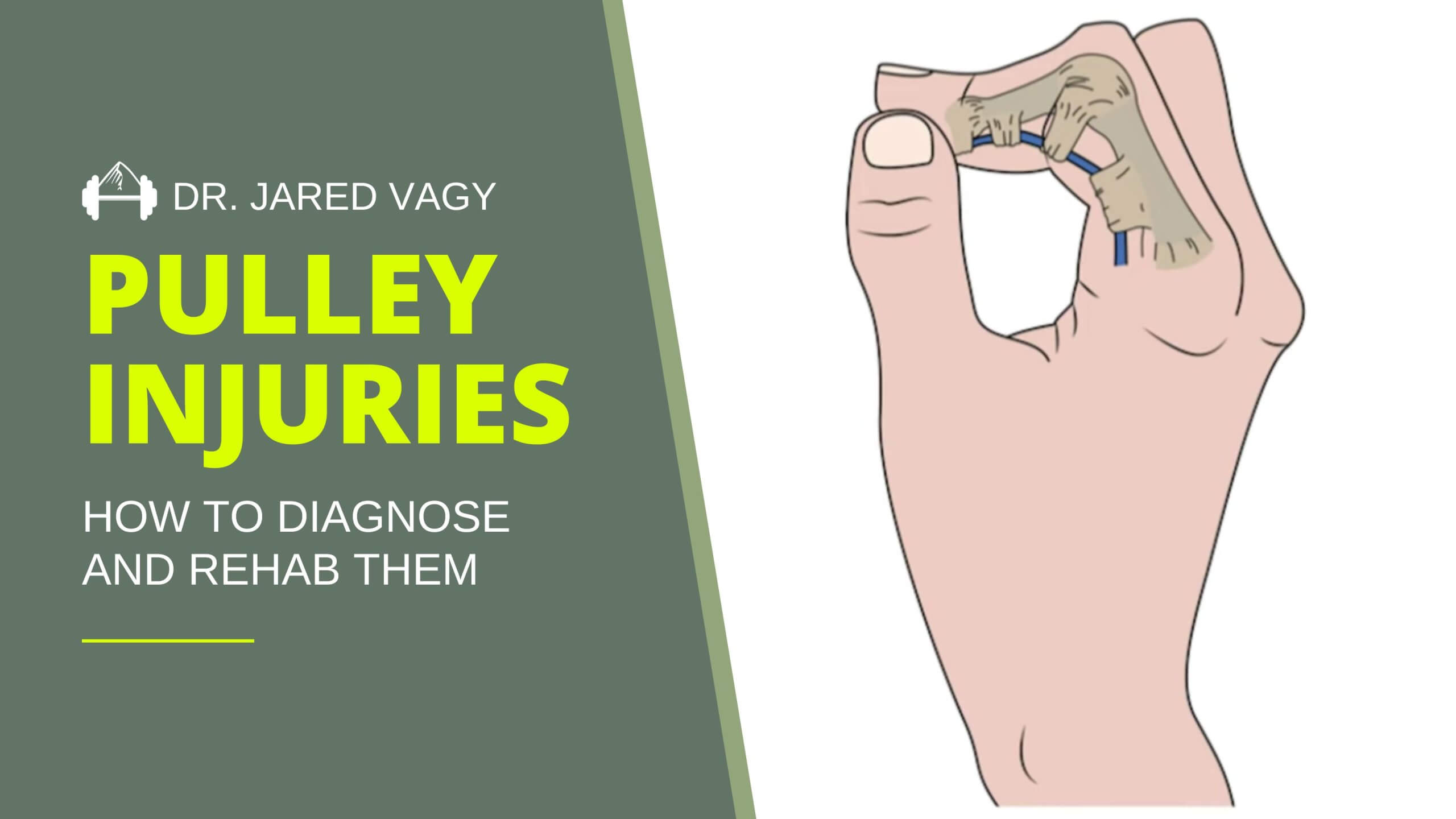Anyone who has trained hard for or taken climbing seriously knows the constant risk of injury. On TrainingBeta, we have also written extensively about all the antagonist exercises you should be doing to stave off climbing injuries before they happen. However, while oppositional exercises are important and something all climbers should be doing, they cannot totally prevent some climbing injuries as they do not address the underlying causes.
To help explain the underlying causes behind climbing overuse injuries, here’s an article by professional climber and chiropractor Natasha Barnes in which she approaches injury prevention in a different way by outlining the three most common reasons she sees climbers getting injured and the best way to address these underlying issues.
“For most of the athletes who come see me at my clinic there are several underlying causes that contributed to their injuries. Even for those who had more traumatic injuries the severity could have been reduced had these underlying factors been addressed.” – Natsha Barnes
The Three Reasons for Climbing Injuries:
In coming up with these three underlying causes, Natasha is drawing both on her experience as a professional climber and her observations as a practicing chiropractor and bodyworker. Here are the top three reasons she sees climbers getting injured:
- Poor technique
- Improper dosage
- Ineffective recovery
Next, Natasha takes you through a fix for each one of these issues. For correcting poor technique, she recommends working with a coach who can evaluate the quality of your movement and at the very least purchase a good pair of shoes and focus on your footwork. In terms of dosage issues, Natasha is referring to training and climbing volumes that are too high. To correct this she recommends again working with a coach who understands effective programing as well as focusing on quality training instead of quantity. Finally, for improving recovery, Natasha’s four suggestions are sleep, hydrate, improve your posture, and utilize self-myofascial release techniques.
More From Natasha Barnes:
Click through below to read about this slightly different approach to climbing injury prevention in greater detail. While you are there, check out the rest of Natasha website natashabarnesrehab.com. It is full of great articles in which Natasha shares her knowledge as a chiropractor and bodyworker to help climbers specifically.
Then, if you are interested in working with Natasha in person she practices at the Motus Rehab Clinic in San Francisco, CA.
Full Article: The Three Underlying Reasons for Climbing Injuries
(photo courtesy of natashabarnesclimbing.com | @natashabarnes |@climbingperformancetherapy)
Other Articles You Might Like:
- Tips for Getting Better Not Stronger
- Dave MacLeod: What to Do When Overtrained
- Evening Sends – 5 Recovery Tools Every Climber Should Have
- Foam Rolling for Climbers






Leave A Comment